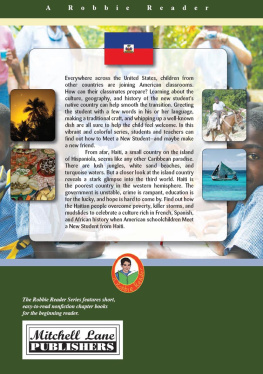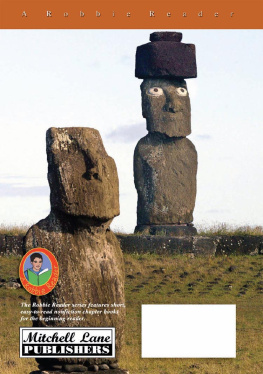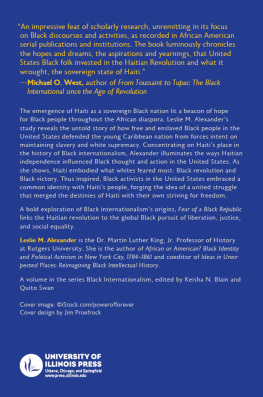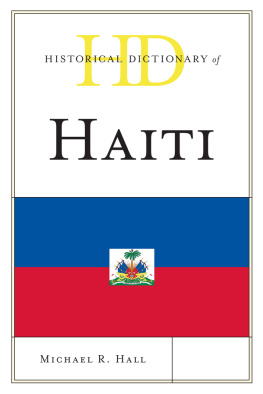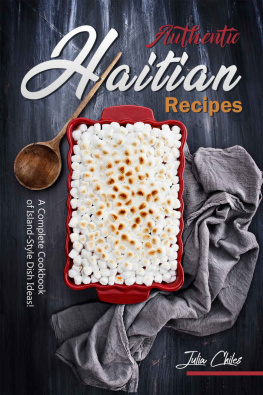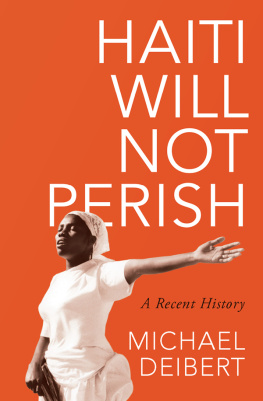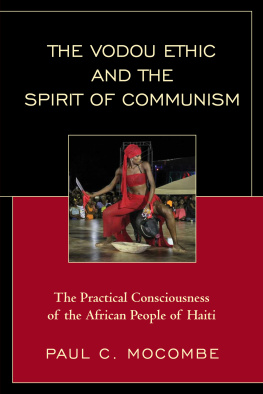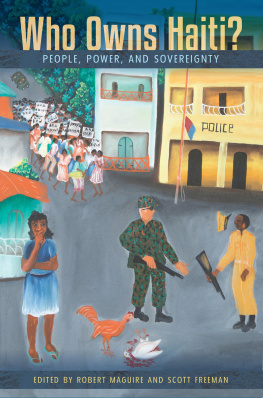


Meet Our New Student From
Australia China Colombia Great Britain Haiti Israel Korea Malaysia Mexico New Zealand Nigeria Tanzania

Copyright 2009 by Mitchell Lane Publishers.
All rights reserved. No part of this book may be reproduced without written permission from the publisher. Printed and bound in the United States of America.
PUBLISHERS NOTE: The facts on which the story in this book is based have been thoroughly researched. Documentation of such research can be found on page 45. While every possible effort has been made to ensure accuracy, the publisher will not assume liability for damages caused by inaccuracies in the data, and makes no warranty on the accuracy of the information contained herein.
Library of Congress Cataloging-in Publication Data to come.
Torres, John.
Meet our new student from Haiti / by John Torres.
p. cm.
Includes bibliographical references and index.
ISBN 978-1-58415-653-6 (library bound)
eISBN 978-1-54574-906-7
1. HaitiJuvenile literature. I. Title.
F1915.2.T67 2008
972.94--dc22
2008002271
Printing 1 2 3 4 5 6 7 8 9
PLB
CONTENTS
Chapter One
Mr. Johns Makes an Announcement
Chapter Two
A Brief History of Haiti
Chapter Three
The Land
Chapter Four
Religion, Customs, Culture
Chapter Five
J.P.s First Day of School



On Friday afternoon, Mr. Johns said he had an announcement to make to our third-grade class at Dolphin Cove Elementary School. The school is in a little town called Indialantic (in-dee-ah-LAN-tik) in Florida. Indialantic is near a saltwater river and the ocean, so we see dolphins all the time.
The other kids in the class groaned because usually, when Mr. Johns makes a Friday announcement, its to tell us we have a big homework assignment over the weekend. I was playing in a soccer tournament over the weekend, so I was hoping it wasnt about homework.
Class, I have a weekend homework assignment for you. Mr. Johns smiled. No, no, quiet down, he continued. This is going to be fun. We have a new student starting class here on Monday, and he is not from the United States. I want all of you to go to the library or use the Internet to find out as much about his country as you can. We want to make him feel as comfortable as possible. It can be scary starting school in a new place.

Mr. Johns, I said, raising my hand.
Yes, Robbie. What is it? he answered.
Arent you forgetting something?
I dont think so.
Where is he from? I asked.
Ah, I guess I did forget something very important. His name is Jean Paul Petit and he is from a small country called Haiti. He said the kids name like JHON Pawl PEH-tee, from HAY-tee.
Mr. Johns walked over to the blackboard and pulled down a huge map of the world. There were little stickers all over the map, showing where Mr. Johns had been. He used to be in the Air Force, so he had been to a lot of countries.
He used the pointer to show us Florida. Then he moved the pointer down past Cuba, and then to the right a little bit. He stopped it on a small island.
This little dot on the map is called Hispaniola [his-pan-YOH-luh], he said. Haiti is one of two countries on Hispaniola.

FACTS ABOUT HAITI
Total Area: 10,714 square miles (about the size of Massachusetts)
Population: 8,706,500 (2007 estimate)
Capital City: Port-au-Prince
Languages: French, Creole (official languages)
Religions: Roman Catholic, Protestant (people in these groups may also practice voodoo)
Chief Exports: Coffee, mangoes, sugarcane, rice, corn, sorghum; wood
Monetary Unit: Gourdes
Thats when all the kids in the class raised their hands with a question.
Hispaniola sounds like Spanish, said Margaret, the smartest girl in the class. Do they speak Spanish in Haiti?
Thats a great question, Margaret, Mr. Johns said. Some people from Haiti speak Spanish, but most of them speak French or Creole [KREE-ohl].


Another kid asked what Creole was. I had never heard of it either.
Mr. Johns explained that it was sort of like a simple form of French with a little Spanish and African thrown in.
But Haiti is far away from Africa, I called out. Then I realized I had never been so excited about homework before.
By the end of the day, Mr. Johns had filled us in on some of the basics. The people from Haiti are called Haitians (HAY-shuns). Many of their great-great-great-great grandfathers were taken from Africa to Haiti as slaves.
Haitians eat a lot of rice, beans, vegetables, and fruit. Their country is very poor, and mudslides and floods sometimes kill hundreds of people a year. Not every Haitian kid is lucky enough to go to school.

Avocados are grown in Haiti.
And then I heard something that really made me excited.
Their favorite sport, Mr. Johns said, is soccer.


Haiti is on the Caribbean (kuh-RIH-bee-un) island of Hispaniola. It shares the island with the country of the Dominican Republic (doh-MIH-nih-kun ree-PUB-lik).
Before there were ever any Haitians or Dominicans on the island, the Taino Arawak (TY-noh AA-ruh-wok) people lived there. Because of all the mountains on the island, the Taino called the island Ayiti. This word means mountain land and sounds a lot like the present-day pronunciation of Haiti.
The same explorer who discovered AmericaChristopher Columbusalso found Hispaniola. His ships landed on the island on December 5, 1492. Columbus was Italian, but he was working for the country of Spain. He claimed Hispaniola for the Kingdom of Spain.
Next page
